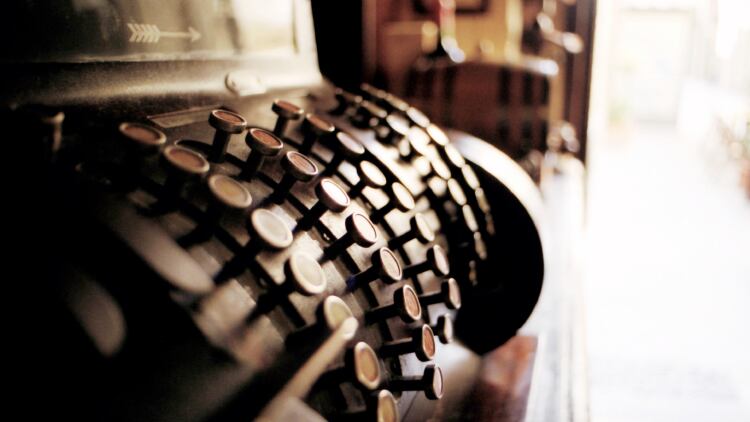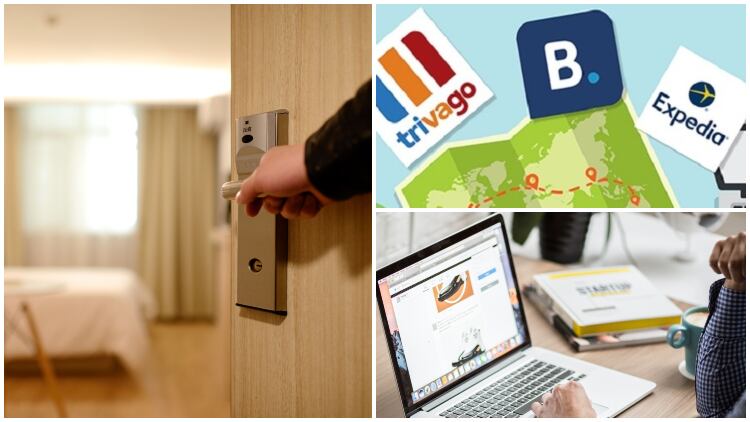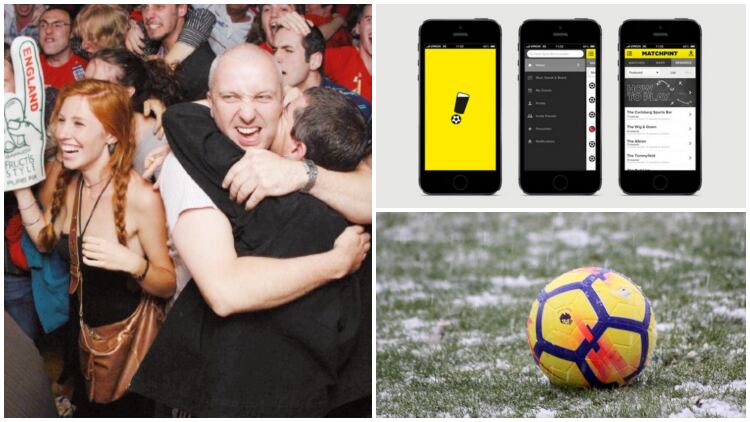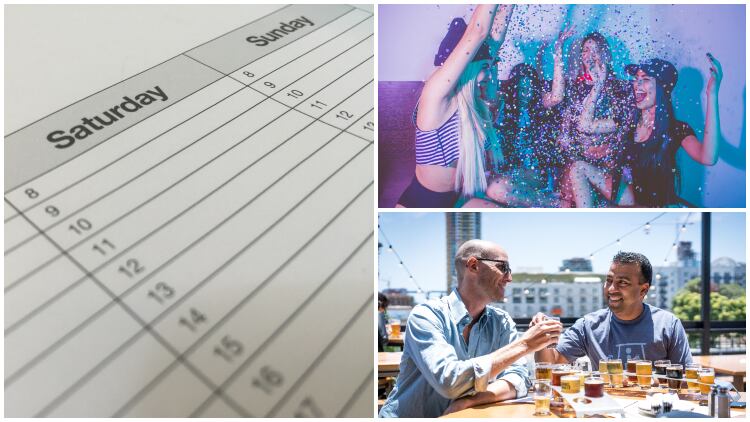Richard Fuller – a director at Fuller, Smith and Turner – argues there has been a sea change in British pub culture since he joined the industry in the 1980s, change that in many ways has been driven by the trade’s technological advances.
“I joined the business in 1984 when pubs had their regulars who went in seven days a week and had three or four pints a day,” he explains. “They always went to the same pub. That was the core part of any pub’s business.
“Food was a tiny part of the business; it was something for restaurants. You were lucky if you got a curled-up sandwich, wine didn’t really exist in pubs and beer quality was completely different. The whole pub experience was very different.”
Admiral Taverns’ commercial director David Wigham adds that the wave of digitisation has positioned reliable Wi-Fi as a basic utility, as necessary as running water – something that predates some of Britain’s oldest boozers.
“At one time when we talked about technology in pubs, we may have thought primarily about entertainment equipment, such as jukeboxes and fruit machines,” he says.
“While these still play an important role for many pubs today – albeit now in a digital format – modern technology also has many other faces in our pubs.
“Some technologies of the past such as the payphone on the bar or the cigarette vending machine are understandably now long gone.”
The original social network
In the world of medieval British pubs, pretty much the only way to go viral was to contract some form of debilitating illness after a night on the town.
Subtly different, social media is marginally less likely to make you vomit. Facebook, Twitter and Instagram have given new meaning to the word ‘viral’ – offering pubs a chance to both spread a venue’s menus and messaging, and keep up a dialogue with customers.
Fuller highlights the advent of social media as an industry game-changer.
“Not only do pubs have a way of communicating with their customers, but their customers have a way of talking to each other, so trends can take off very quickly,” he explains.
Though pubs are described by Zonal sales director Tim Chapman as “the original social network”, modern online platforms are accused of having put a digital dent in pub footfall, with conversations historically held over a pint moving to messaging apps.
However, as Fuller explains, pubs are well positioned to capitalise on the change in conversation.
“Word of mouth, which used to take days or weeks or months, is now instant,” he explains. “If something goes viral it reaches thousands of people within a few minutes, with fashions, styles and trends spreading much more quickly through social media.
“If you think back not that long ago, if a pub wanted to communicate with customers they’d have to put something up on a notice board. Now, the pub’s social media page will be talking all the time and there’ll be a constant back and forth.”
Give me a sign
As far back as Roman times, pubs began to harness the power of branding, with ‘tabernae’ operators advertising the availability of wine by adorning their venue’s facade with vine leaves.
In 12th-century Britain, the naming of pubs and inns became more commonplace – with venues choosing to illustrate their chosen moniker with a pub sign as the vast majority of their customers couldn’t read or write.
This practice became enshrined in law by King Richard II, who passed an act in 1393 making it compulsory for pubs and inns to have a sign.
Many centuries, and a wildly hit-and-miss plethora of lethargic-looking lions and deftly drawn dogs and ducks, later, pubs and bars have almost completely digitised their branding. The vast majority still boast signage, but it’s more likely found scrolling on social media than strolling the high street.
“There is a plethora of available software and apps that pubs can choose from, according to the nature of the business,” says Wigham.
“Those with sports viewing may subscribe to an app that makes them visible to customers looking for somewhere to watch the game, MatchPint for example.
“For those with letting rooms there are property management systems and online travel agents such as Late Rooms, for those with busy restaurants there is table booking and, of course, for all hospitality businesses there are the consumer review sites TripAdvisor, Google, etc, to embrace.”
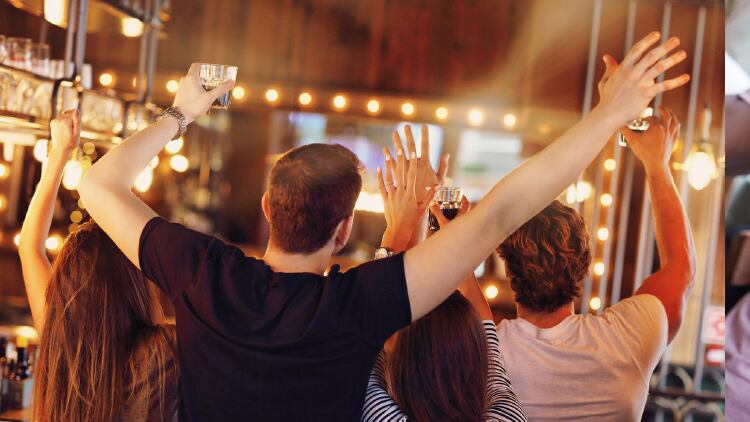
That’s entertainment
As long as people have been gathering and drinking together in pubs, live music and performance have not been far behind.
According to American professor Ferenc Szasz, a specialist in American and Scottish culture, rap music originated in medieval Scottish pubs through the Caledonian art of ‘flyting’ – poetically exchanging insults to settle disputes.
He argues that Scottish slave owners took the tradition with them to the United States where it was adopted and developed by slaves, emerging many years later as rap.
Wigham explains that while live music continues to survive and thrive in pubs, the advent of technology and near-constant live sport has added an enormous new dimension to in-venue entertainment.
“A big development in our estate over the years has been satellite and digital TV, with most of our community pubs now subscribing to sports viewing channels,” he explains. “As last year’s football world cup showed, people prefer to watch the big games in the pub.”
Beer sanctuary
It’s hard to imagine today’s religious establishments having anything to do with alcohol and resulting rowdiness, yet middle age monasteries were central to the growth of brewing in Europe.
Monks across the Continent pioneered the safe storage of beer as monastery brew houses increasingly took to producing beer in large quantities to be sold to parched locals.
Far from pioneers in modern refrigeration, monastic beer cellars were basic to say the least. However, hundreds of years later, and with the help of cooling and smart cellar technology, operators are able to store, monitor, and distribute draught and bottled beverages on-site.
“We all want our draught beer and cider colder,” says Star Pubs & Bars training manager Michael Soderquest.
“The market is premiumising and you can’t do that with warm beer – unless, of course, you just do cask and you have a proper underground cellar, in which case not much has changed.”
Moreover, with an increasingly the means of delivering it from cask to customer have had to evolve in tandem with storage solutions.
Patented in 1797, British inventor Joseph Bramah created the beer engine – originally developed for pumping English-style ale. However, as tastes switched from ale to lager this became ineffective due to the amount of foam it produced.
Over time, beer was served on site using compressed gas. As this was mainly done using air, it oxidised the beer and made it taste stale, which led to the pasteurisation of beer in order to sustain its quality through shipping and delivery.
More recent technological advances have allowed modern pubs and bars to use pre-packaged, compressed carbon dioxide gas.
The role of tills
Before the 20th and 21st centuries, the only till that would have been involved in transforming hops into a cool pint would have been found at the agricultural end of the process rather than rounding off a consumer transaction at the bar.
Moreover, in a medieval setting, ‘EPoS’ probably sounds more like a form of water-borne bacterium with the potential to wipe out the serf population of a feudal community.
However, Zonal’s Chapman explains that electronic point of sale systems, or EPoS systems, deployed in combination with high-tech tills have become a modern pub’s fulcrum.
“Walk down any high street or through any village and there are very few pubs and bars that do not use an EPoS system,” he says.
“Originally designed for takings and stock control, today’s EPoS is so much more than a glorified cash register.”
According to Chapman, these developments have consigned paper order pads to history.
“It’s not just the size that has shrunk, so it no longer takes over the footprint of a bar, EPoS functionality can be achieved in a smartphone, possessing at least 10 times the digital power and business benefits of its original incarnation.”
The Coaching Inn Group, a company operating a large number of pubs in listed buildings dating back hundreds of years, has adapted to place EPoS systems at the heart of its business.
Commercial manager Mat Charity explains: “The intelligence that the system offers allows us make informed business decisions by providing details on sales patterns and customer trends,” he says.
“The latest evolution of this has been the introduction of [Microsoft’s analytics service] Power BI. This has given us more controlled and immediate access to the precise information that we require, allowing our business to become more time efficient when making decisions.
“EPoS technology has also advanced to a more mobile platform.
“By using the software on an iPad base, we are able to move away from the traditional pen and paper method, and send orders direct to the kitchen and bars team directly from the table, without having the element of secondary input of the information on the till.”
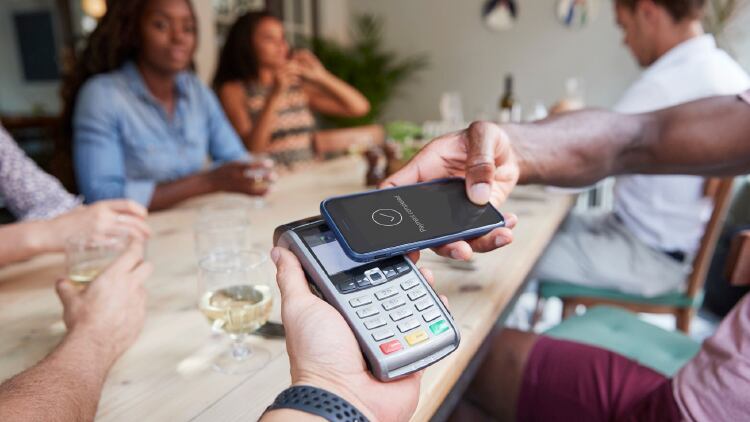
Payment methods
According to Admiral Taverns, Wigham: “It has also become an expectation for customers to have the ability to pay by card, ideally contactless or even via a virtual card from a digital wallet.
“This offers convenience for customers, staff and licensee alike – quicker, cleaner, safer and often cheaper than using increasingly ‘old-fashioned’ cash.”
Zonal’s Chapman believes that today’s pubs would not survive without card payments. “Not only have card payments overtaken cash transactions, but the past two years has seen the move to mobile tech payment, either via the likes of ApplePay or a pub’s own pre-order and pay app.”
Robotic staff
Looking ahead to the next 225 years, Wigham sees very little of pub tech’s rapid advance slowing down. “It will be interesting to see how long until wireless charging is the norm, and what 5G and subsequent further generations mean for pubs,” he says.
While artificial intelligence continues its incessant advance, Tim Chapman doesn’t foresee our mechanical overlords imposing themselves on pubs.
“Where we’ll be in another 225 years is impossible to predict,” he says, “but I very much doubt that for all the benefits that technology can bring to running a pub, from both an operational and customer experience, we’ll have robots behind the bar.
“As the social hub of the community, the human touch will be one vital ingredient that can’t be eradicated; it is after all what gives a pub its personality and point of difference.”

